Sudden difficulty speaking, blurred vision
According to information from some hospitals in Hanoi (Hospital E, Bach Mai Hospital), during the days when the weather turns cold and the temperature drops sharply, the number of strokes and cardiovascular disease hospitalizations often increases by about 5 - 10%.
Master - Doctor Nguyen Ngoc Vinh Yen (Emergency Department doctor, E Hospital), said that to prevent stroke and cardiovascular events in the cold season, people need to screen for risk factors such as: high blood pressure, blood fat, diabetes, tobacco, alcohol, and stimulants.
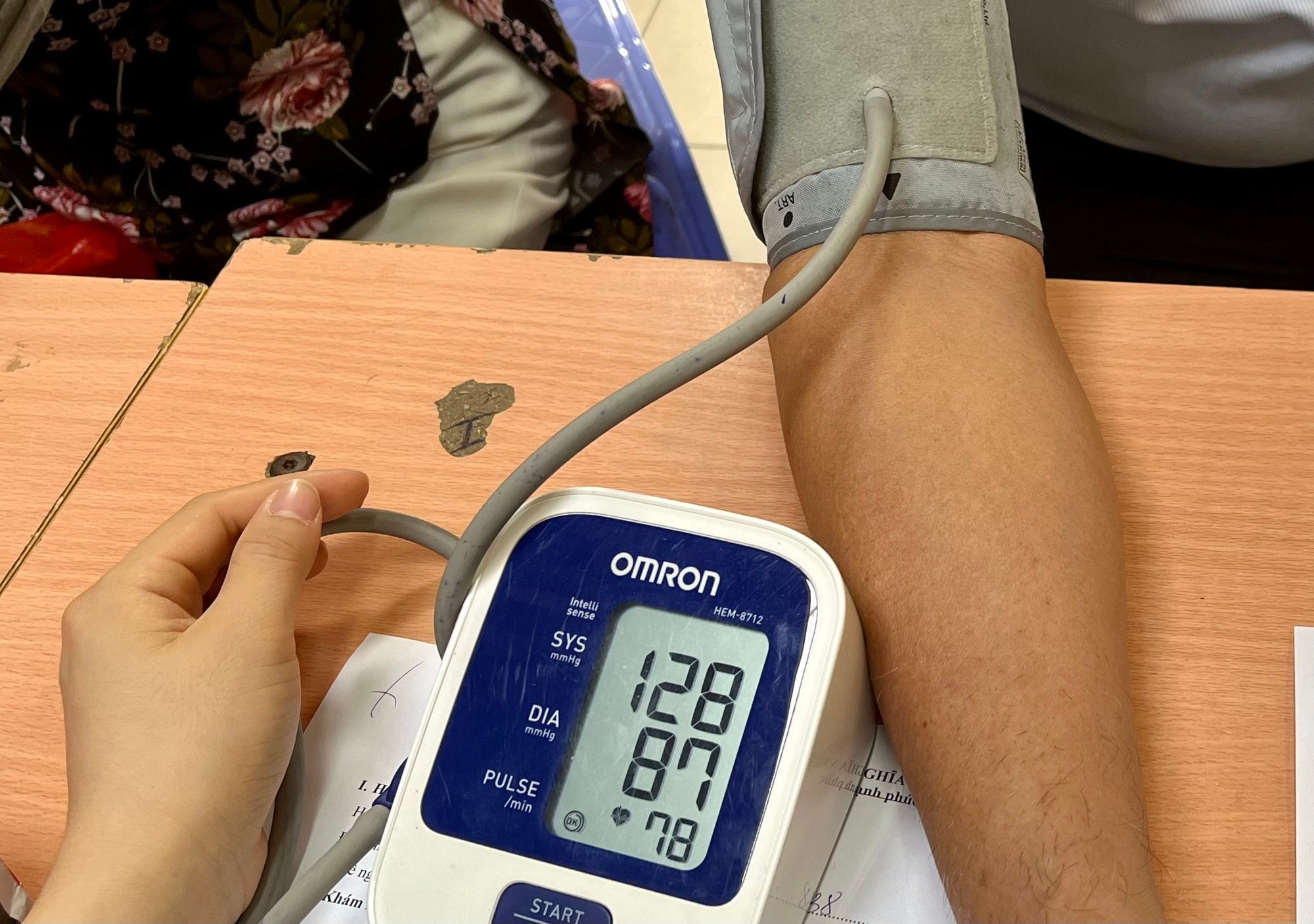
Need to control blood pressure effectively, especially on cold days, to prevent complications
At the same time, during the golden period from less than 3 hours to 4.5 hours after the onset of stroke, if the patient is taken to the hospital for timely treatment, the chance of survival and recovery is very high. If you see a family member with sudden symptoms such as difficulty speaking, hemiplegia, blurred vision in one eye, hemiplegia, the family should proactively call an ambulance or take them to the hospital early.
According to the Vietnam Heart Association, weather changes, especially when temperatures drop sharply, cause blood vessels to constrict, leading to increased blood pressure and causing cerebral hemorrhage.
Therefore, to control the risk of high blood pressure on cold days, it is necessary to keep the body warm and avoid sudden cold exposure to prevent high blood pressure, especially sudden high blood pressure.
People who have been prescribed medication for high blood pressure need to take the medication as prescribed by their doctor, and take the medication even when their blood pressure is normal. Taking medication for high blood pressure on your own can cause a sudden increase in blood pressure (hypertensive emergency) leading to serious health consequences.
Hypertensive emergency
According to the Institute of Cardiology, Central Military Hospital 108, emergency hypertension (an acute case requiring hospitalization for emergency resuscitation and timely adjustment of blood pressure reduction) to prevent permanent damage to target organs such as: cerebrovascular accident (acute cerebral infarction, cerebral hemorrhage, subarachnoid hemorrhage); acute heart damage: acute coronary syndrome, heart failure, atrial fibrillation, acute pulmonary edema; causing acute kidney damage (acute renal failure) or eye damage causing blindness.
There is no specific blood pressure threshold for hypertensive emergency. However, according to doctors' recommendations, a blood pressure increase of 180/120 mmHg or higher is considered a hypertensive emergency.
The cause is poor blood pressure control such as inadequate medication dosage, failure to combine medications, self-medication, salty diet, and renal artery stenosis.
People with hypertensive emergency may experience symptoms such as: severe chest pain, agitation, severe headache with impaired consciousness, blurred vision, nausea, vomiting, difficulty breathing, convulsions, and no response to calls.
Most people with high blood pressure do not feel any symptoms. Very high blood pressure can cause headaches, blurred vision, chest pain, and other symptoms.
Checking your blood pressure is the best way to know if you have high blood pressure. If high blood pressure is left untreated, it can lead to other health conditions such as kidney disease, heart disease, and stroke.
People with very high blood pressure (usually 180/120 mmHg or higher) may experience symptoms including: severe headache, chest pain, dizziness, shortness of breath, nausea, vomiting, blurred vision or other vision changes, anxiety, confusion, ringing in the ears, nosebleeds, irregular heartbeat.
The only way to know if you have high blood pressure is to have your blood pressure measured by a health care professional. It is quick and painless.
Although individuals can self-measure blood pressure with automated devices, assessment by a healthcare professional is important to assess risks and associated conditions.
( World Health Organization)
Source link


![[Photo] General Secretary To Lam attends the 95th Anniversary of the Party Central Office's Traditional Day](https://vphoto.vietnam.vn/thumb/1200x675/vietnam/resource/IMAGE/2025/10/18/1760784671836_a1-bnd-4476-1940-jpg.webp)
![[Photo] Closing ceremony of the 18th Congress of Hanoi Party Committee](https://vphoto.vietnam.vn/thumb/1200x675/vietnam/resource/IMAGE/2025/10/17/1760704850107_ndo_br_1-jpg.webp)
![[Photo] Immerse yourself in the colorful musical world of “Secret Garden Live in Vietnam”](https://vphoto.vietnam.vn/thumb/1200x675/vietnam/resource/IMAGE/2025/10/18/1760805978427_ndo_br_thiet-ke-chua-co-ten-41-png.webp)
![[Photo] Collecting waste, sowing green seeds](https://vphoto.vietnam.vn/thumb/1200x675/vietnam/resource/IMAGE/2025/10/18/1760786475497_ndo_br_1-jpg.webp)

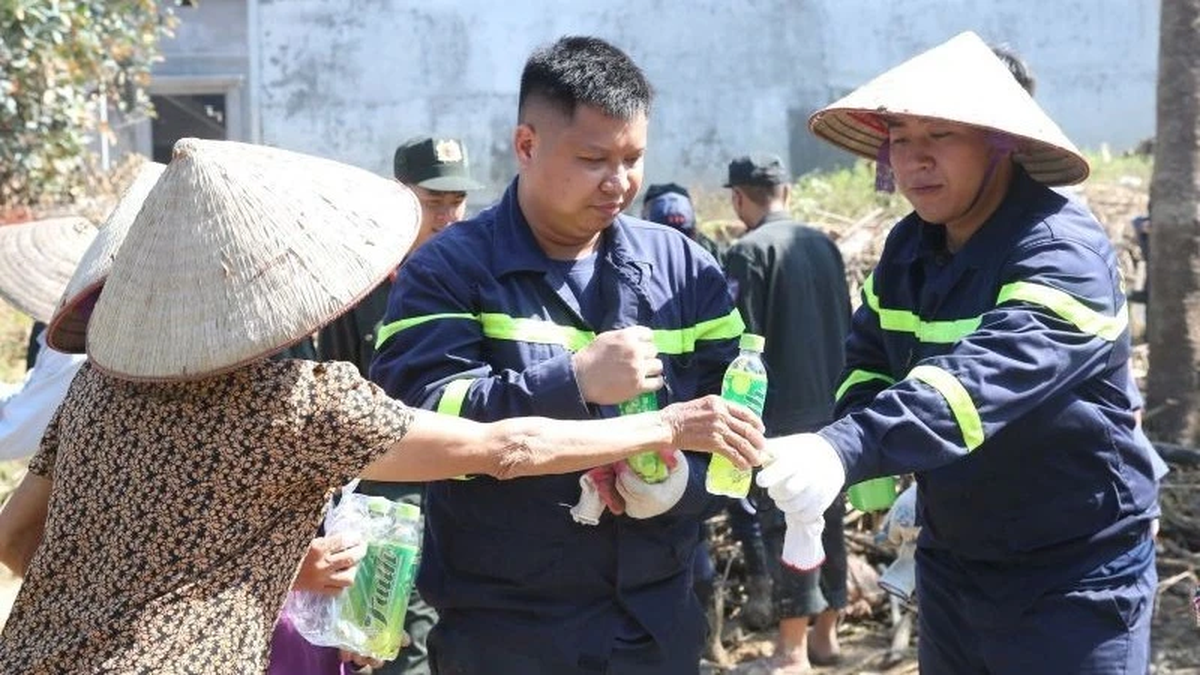

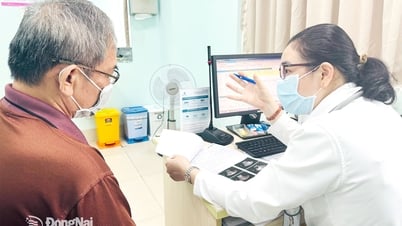





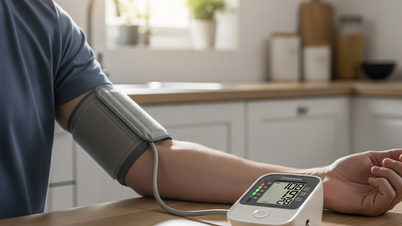





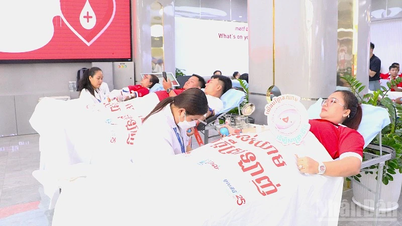












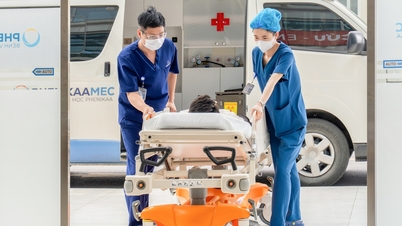
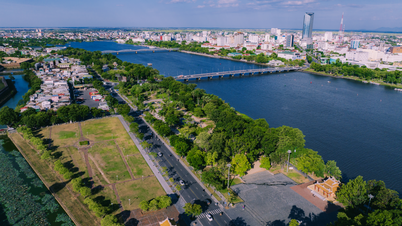



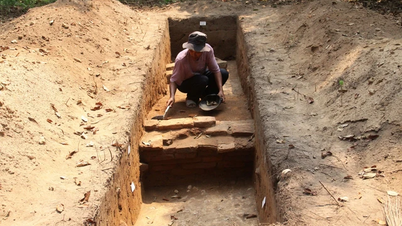








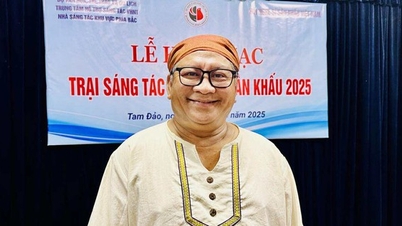





























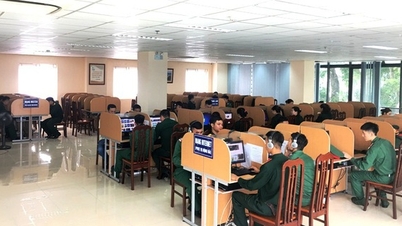

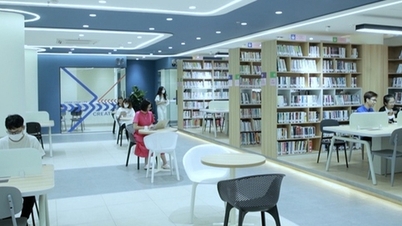
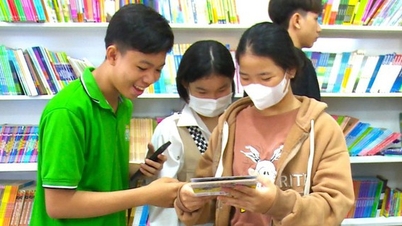











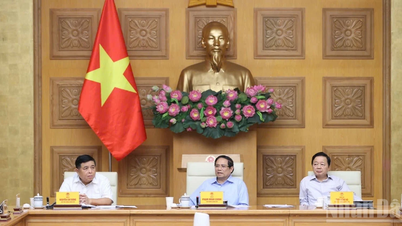












Comment (0)